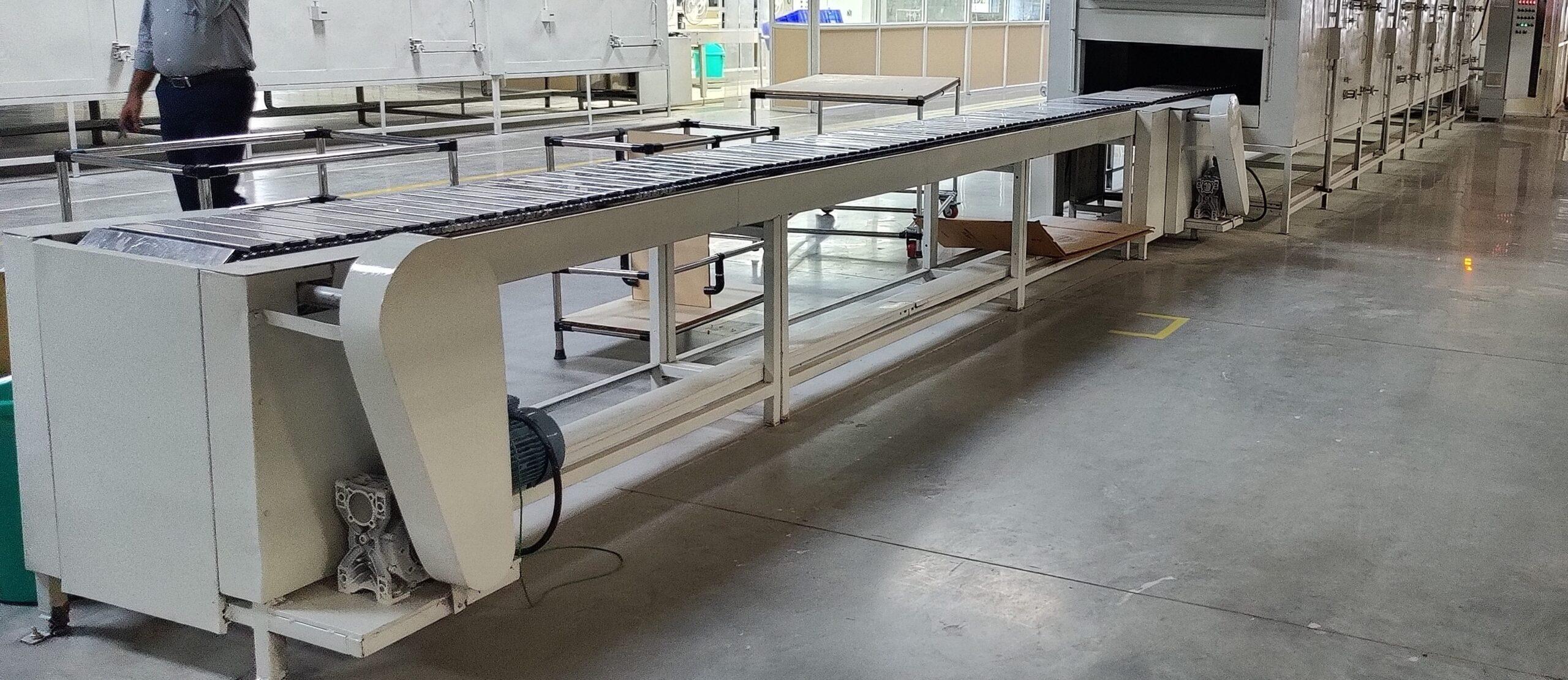A conveyor system is indeed considered the backbone of many industrial operations, playing a vital role in the efficient movement of materials, products, and goods within a manufacturing or distribution facility. Here are some reasons why conveyor systems are regarded as essential components in industrial settings:
- Efficiency: Conveyor systems are designed to move items continuously and consistently, eliminating the need for manual handling or transport. This automation leads to increased operational efficiency as it reduces labor requirements and speeds up material flow.
- Cost-Effective: While there is an initial investment in setting up a conveyor system, it can result in long-term cost savings. The reduced labor costs, fewer errors, and increased throughput often justify the initial capital expenditure.
- Safety: Automation through conveyor systems reduces the risk of accidents associated with manual material handling. Workers are less exposed to heavy lifting and potentially hazardous tasks, improving workplace safety.
- Consistency: Conveyor systems ensure a consistent and uniform movement of materials, which is critical in manufacturing processes that require precision and quality control.
- Throughput: Conveyor systems can handle a high volume of materials, making them suitable for industries with large-scale production requirements. They can be designed to operate continuously, 24/7, if necessary.
- Customization: Conveyor systems can be tailored to meet the specific needs of different industries and applications. They come in various types, including belt conveyors, roller conveyors, overhead conveyors, and more, each suited for specific purposes.
- Material Handling: Conveyor systems can handle a wide range of materials, from small components to heavy machinery, making them versatile for diverse industries such as automotive, food and beverage, mining, and logistics.
- Space Optimization: Conveyor systems can be configured to make the most of available space within a facility. They can be designed to move materials vertically, horizontally, or even at inclines or declines, allowing for efficient space utilization.
- Inventory Control: By automating material flow, conveyor systems can aid in inventory control and tracking. Sensors and automation technologies can provide real-time data on the movement and location of items, improving inventory management.
- Environmental Benefits: Efficient conveyor systems can reduce energy consumption compared to manual material handling methods, contributing to sustainability and lower carbon footprints.
- Redundancy and Reliability: Many conveyor systems are designed with redundancy and built-in reliability features, ensuring minimal downtime and high availability.
- Integration: Conveyor systems can be integrated with other automation technologies, such as robotics and computer control systems, to create a seamless and highly efficient manufacturing or distribution process.
While conveyor systems offer numerous advantages, their design and implementation should be carefully planned to meet the specific needs of an industrial operation. Factors such as material type, flow rates, facility layout, and safety considerations must be taken into account during the planning and installation process to maximize their effectiveness.

